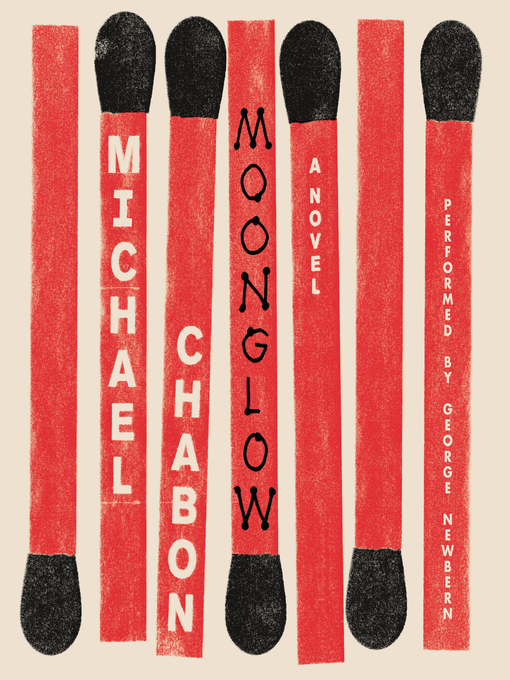
But he freely admits that, when real life gets in the way of the truth, he’s going to make stuff up.Ĭhabon is the author of seven other novels (include the Pulitzer Prize-winning The Amazing Adventures of Kavalier & Clay), two story collections, and two books of essays. As a narrator named Michael Chabon recounts the story of his grandparents, two greatest-generation Jewish lives indelibly shaped by World War II, he sticks to the facts whenever possible. It’s a master class on character and description, on how to select the best details from a vast array of conceivable choices.Ĭhabon’s new novel, Moonglow, is the latest romance in contemporary literature’s ongoing affair with auto-fiction: The author has cast himself in a novel about his life. In a conversation for this series, Chabon explained how Borges conjures a sense of cosmic scope by, paradoxically, bringing a warm-blooded human being to life in all his vividness and specificity. When the narrator glimpses infinity in a Buenos Aires basement, his challenge is to try to report back on what he’s seen. That is the explicit project of Jorge Luis Borges’s “The Aleph,” a story that attempts to sketch the universe in a single, luminous paragraph.


Still, it’s the artist’s job to convince us otherwise, to make us feel as though, within a finite span of pages, we’ve somehow seen the whole damn thing.

Works of fiction, of course, can’t really contain the entire world (or even an entire country, or city, or single human life) any more than the Queens Museum’s 1:1200-scale Manhattan panorama can show us everything about New York. In his introduction to The Wes Anderson Collection, the writer Michael Chabon suggests that novels are like scale models: They’re small, self-contained dioramas that manage to convey something much larger than they are.


 0 kommentar(er)
0 kommentar(er)
